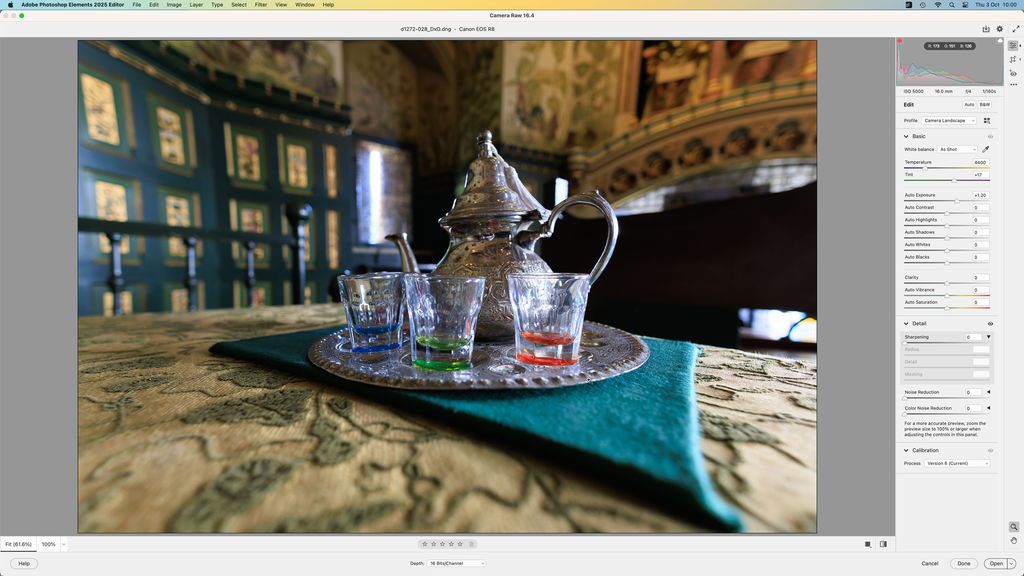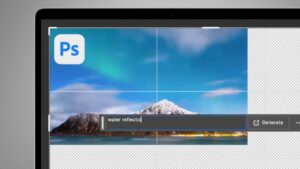With How Photoshop 2025 is Redefining Creative Editing at the forefront, this iteration of the iconic software is set to revolutionize the world of digital artistry. The latest updates and features not only enhance the editing experience but also empower creators to push the boundaries of their imagination. As we delve into this remarkable advancement, we’ll explore how Photoshop 2025 is changing the game for artists, designers, and hobbyists alike.
This version introduces innovative tools, improved functionalities, and a user-friendly interface that caters to both newcomers and seasoned professionals. From advanced AI capabilities to seamless integration with other applications, Photoshop 2025 equips users with everything they need to create stunning visuals and tell compelling stories through their artwork.
In today’s fast-paced world, the significance of effective communication cannot be overstated. Whether it’s in our personal lives or professional endeavors, the ability to convey ideas clearly and concisely can lead to significant differences in outcomes. This article discusses the various elements of effective communication, the barriers that can hinder it, and practical strategies to enhance our communication skills.To begin with, let’s define what effective communication is.
At its core, effective communication involves the clear sharing of information in a way that is understood by all parties involved. This encompasses not only speaking and writing but also listening and understanding. It’s a two-way street where feedback plays a crucial role. When we communicate effectively, we can express our thoughts, feelings, and desires without misunderstanding, fostering relationships and promoting collaboration.One essential component of effective communication is being aware of our audience.
Tailoring our message to suit the listener’s context, background, and expectations can significantly enhance the likelihood of our message being received positively. For instance, speaking to a group of professionals requires a different approach than addressing friends at a casual gathering. Understanding the demographic and emotional state of our audience helps us choose the right language, tone, and even non-verbal cues.Another vital aspect of effective communication is active listening.

Often, we focus so much on what we want to say that we neglect to truly listen to others. Active listening involves fully concentrating on the speaker, understanding their message, responding thoughtfully, and remembering key points. This practice not only fosters mutual respect but also helps us gather valuable information that can guide our responses and decisions.However, despite our best efforts, several barriers can hinder effective communication.
Common barriers include language differences, cultural misinterpretations, emotional states, and preconceived notions. For example, in a multicultural workplace, differing interpretations of gestures or expressions can lead to confusion and conflict. Additionally, emotions such as anger or anxiety can cloud our judgment and lead to miscommunication. Recognizing these barriers is the first step in overcoming them.To navigate these challenges, several strategies can be employed.
First, cultivating emotional intelligence is crucial. Understanding our emotions and those of others allows us to manage our reactions and respond appropriately in various situations. This means being aware of our triggers, maintaining composure during discussions, and showing empathy towards others’ feelings.Secondly, clarity is key. When delivering a message, being clear and concise helps ensure that our audience can easily grasp our points.
Avoiding jargon and overly complex sentences can prevent misunderstandings. Using simple language and breaking down information into digestible parts can significantly improve communication effectiveness.Moreover, feedback is an essential part of the communication process. It provides an opportunity for clarification and adjustment, ensuring that everyone is on the same page. Encouraging questions and confirming understanding can prevent misinterpretations. For example, after a presentation, asking the audience if they have any questions allows for an interactive dialogue, reinforcing comprehension.Body language also plays a crucial role in effective communication.
Non-verbal cues such as eye contact, gestures, and facial expressions can convey confidence and openness. Being mindful of our body language can enhance our verbal messages. For instance, maintaining eye contact can show that we are engaged and interested in the conversation, while an open posture can signal receptiveness to feedback.In addition to these strategies, practicing regular communication can help hone our skills.
Engaging in conversations, participating in group discussions, and even public speaking can build our confidence and proficiency. Seeking constructive criticism from trusted peers can also provide insights into areas for improvement.Furthermore, technology has transformed communication in recent years. Digital platforms, such as emails, social media, and video conferencing, offer new avenues for connecting with others. However, they also come with their own set of challenges.
Misinterpretations can easily occur in written communication without the context of tone and body language. Therefore, being mindful of our language and the potential for miscommunication in digital formats is essential.To effectively leverage technology in communication, it’s important to choose the right platform for the message. For instance, sensitive topics may be better suited for face-to-face discussions rather than emails or text messages.
Additionally, being aware of the response time can also impact communication effectiveness. In a world where instant messaging is the norm, taking time to respond thoughtfully can demonstrate consideration and respect.Lastly, continuous learning and self-improvement are vital for enhancing communication skills. Engaging in workshops, reading relevant literature, and practicing through role-playing exercises can provide opportunities to refine our abilities. Staying open to learning from others can lead to innovative approaches and improved interactions.In conclusion, effective communication is an essential skill that influences our personal and professional lives.
By understanding our audience, practicing active listening, overcoming barriers, and utilizing various strategies, we can enhance our communication skills. Additionally, being mindful of body language and embracing technology can further improve our ability to connect with others. Ultimately, investing time and effort into developing effective communication skills is a worthwhile endeavor that can lead to more meaningful relationships and successful collaborations.




